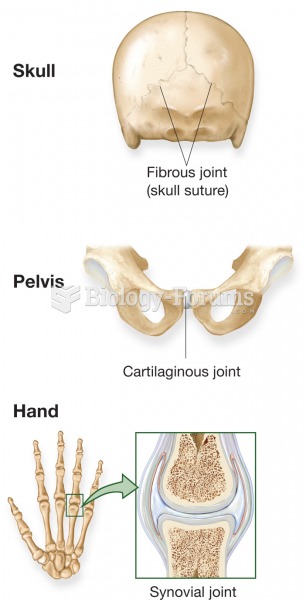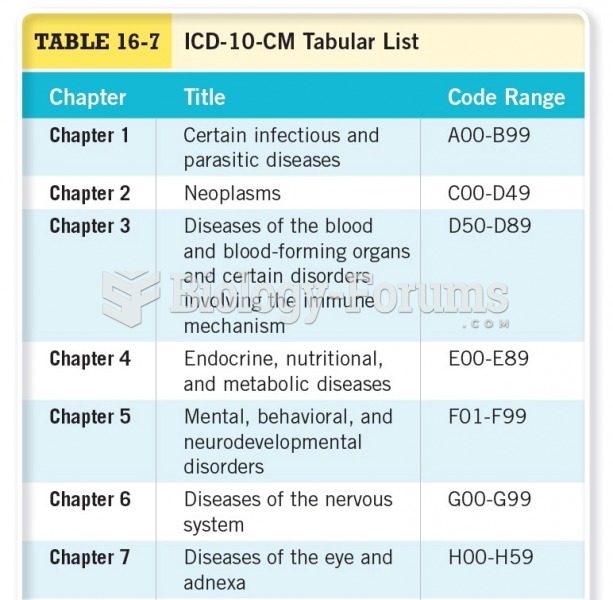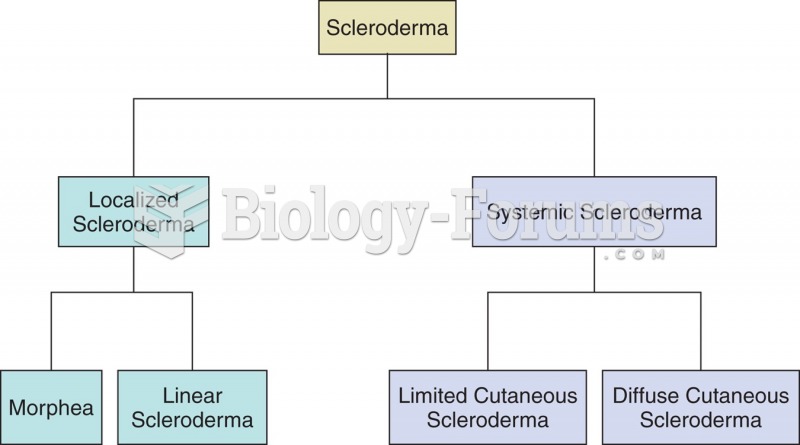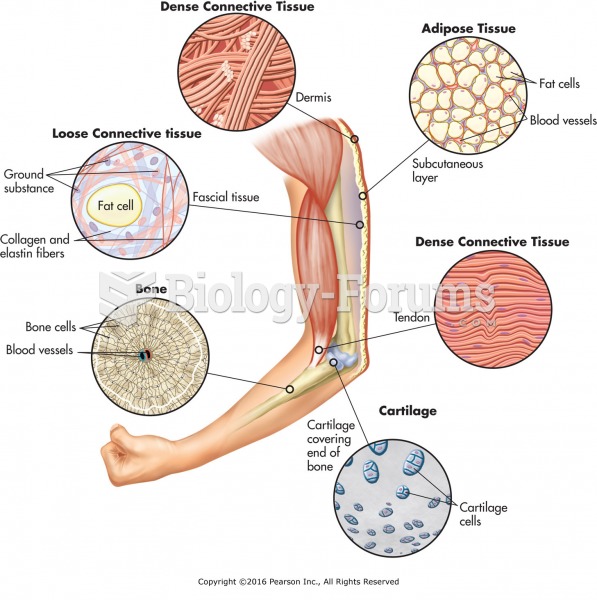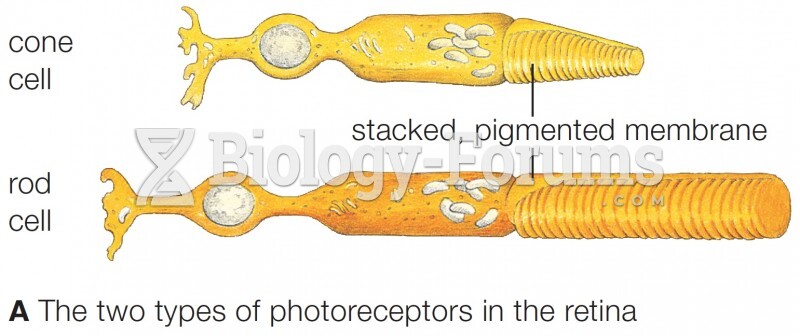Answer to Question 1
Steam heatingcan be used efficiently in large greenhouses. A disadvantage is that
steam condenses on pipes, so provisions must be made to drain and recirculate water.
Hot water heatingtypically used in smaller greenhouses because it is difficult to
transfer water over long distances without losing heat. A disadvantage is that the
system used to circulate the hot water requires large pipes.
Forced-air heatingcommonly used in commercial greenhouse ranges. It uses
localized heater units that force air directly into the greenhouse or through long
perforated plastic tubes that run the length of the greenhouse. A potential problem
is the dryness of the heat produced.
A disadvantage to all of the above systems is that they use fuel such as natural
gas, oil, or coal, so problems with pollutants such as propylene and ethylene can
occur if the heating system is not properly maintained.
Radiant energy heating systems:
Infrared heatingThe major advantage of this system is that it conserves
energy and has no problems with pollutants. A disadvantage is the initial higher
cost of the system in comparison with other systems. In addition, monitoring the
actual temperature that the plant is receiving may be difficult because air
temperature is not a good indicator. Another potential disadvantage is that the
sources of radiation must be located directly above the plant, or pockets of low
temperature may occur.
Solar radiationThe main advantages of this system are that it conserves
energy and creates no problems with pollutants. Disadvantages are that the
initial cost is high, and it is dependent on weather conditions.
Answer to Question 2
Natural gas
Oil
Coal


